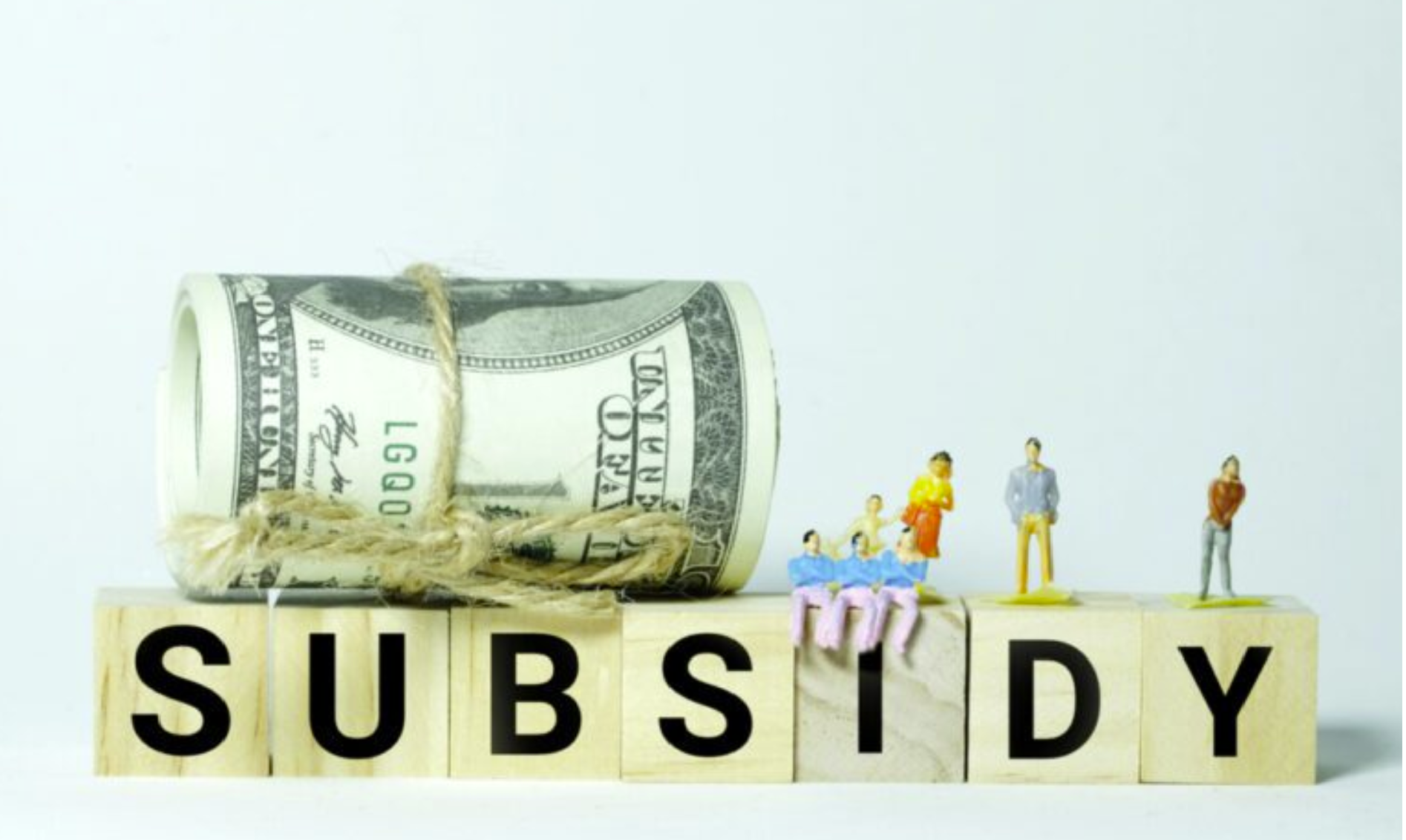Last August, the SAM party conducted a survey of its members and other members of the community about their opinions of the major provisions in the Texas voting bill (SB1), which was at the time, grinding its way through the Legislature. Our survey was clearly not a scientific poll but found, at least, a plurality of respondents supported all the major provisions.
In October, after SB1 had passed, the University of Houston and Texas Southern University conducted a poll asking voters their opinion about its provisions. Like the SAM survey, the UH/TSU poll found strong support for all the major provisions in the bill, with support ranging from 58%-86%. The following is a chart from the poll summarizing its findings.

What is particularly surprising about the poll results are the racial crosstabs.1 While Democratic officeholders and their media surrogates constantly argued that the bill would adversely affect minority voters, they did not see it that way. While white voters supported each reform at a higher level than did Latinos or African-Americans, Latinos also supported all the propositions and African-Americans supported six of the nine.
Support for voter identification on mail-in ballots was particularly strong across all groups (whites +57, Latinos +30, African-Americans +17). It was also clear that voters really dislike ballot harvesting, with wide majorities in every group supporting severe criminal penalties (whites +66, Latinos +43, African-Americans +38).
I was surprised that all groups also supported more freedom of movement for poll watchers (whites +28, Latinos +14, African-Americans +14). Most people I talked to did not seem to care much for that idea.
Since the SAM survey and the UH/TSU poll, an issue has arisen regarding a glitch in the process for providing identification on mail-in ballots which has gotten widespread coverage. I intend to write more about this as we see how this issue unfolds during the election. But it appears to me that a relatively small number of voters will be affected and I cannot see how any particular group is disproportionately disadvantaged.
You certainly would not know the new law had such widespread support from the media coverage on it, like this ABC News story that appeared on Monday, leaving the impression that voters were upset about the new rules. The only story I saw that reported the results of the UH/TSU poll was this story by Jasper Scherer in the Houston Chronicle on October 30.
In all, the poll to me represents the same sort of Texas common sense that we saw in the SAM survey. Texans want everyone to be able to vote and for it to be reasonably convenient to do so. But they also want to ensure that elections are fair and that the rules are followed. And unlike the hyper-partisans on either side, they care more about that than they do about who wins an election.
Note 1 – The racial cross tabs begin on page 7 of the report.





.png)
